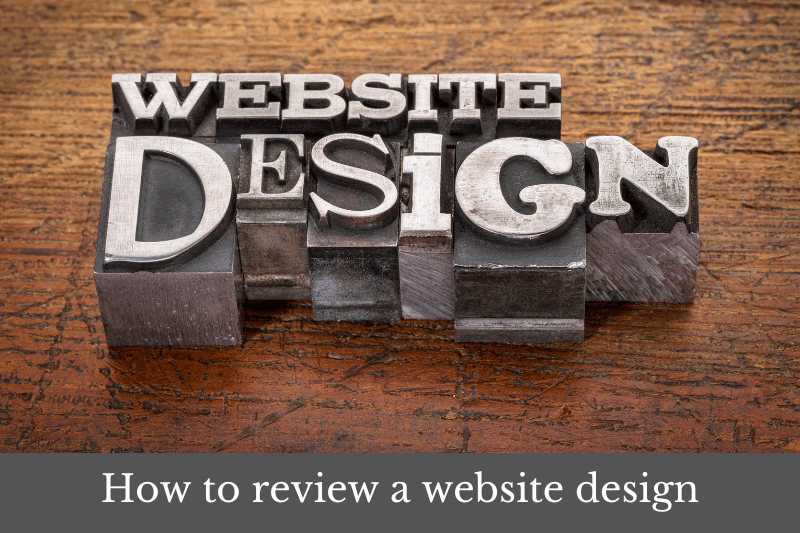When it comes to reviewing a website design, there are several factors that need to be considered. A website design review should focus on usability, functionality, aesthetics, and accessibility. Below are some guidelines to help you conduct a thorough website design review.
How to review a website design
Usability
Usability is the ease with which a user can interact with a website. Usability should be a top priority when reviewing website design. Here are some things to consider:
- Navigation: Is the website navigation intuitive? Can users easily find what they are looking for?
- Consistency: Is the design consistent across all pages of the website?
- Clarity: Are the content and messaging clear and easy to understand?
- Interactivity: Are interactive elements like buttons and links easily identifiable and clickable?
- Load Time: Does the website load quickly?
Functionality
Functionality refers to the features and capabilities of the website. When reviewing website design, it is important to ensure that all functions are working correctly. Here are some things to consider:
- Forms: Are forms functioning properly? Can users submit information without errors?
- Links: Are all links working and leading to the correct pages?
- Mobile responsiveness: Is the website responsive on all devices? Does it look and function properly on mobile devices?
- Search functionality: Is the search functionality working correctly?
- E-commerce functionality: If it is an e-commerce website, are all e-commerce functions such as cart, checkout, and payment working properly?
Aesthetics
Aesthetics are the visual design elements of a website. A website should not only be functional but also visually appealing. Here are some things to consider:
- Color scheme: Is the color scheme appealing and consistent throughout the website?
- Layout: Is the layout of the website visually appealing and easy to navigate?
- Typography: Is the typography used on the website readable and consistent throughout?
- Images and videos: Are the images and videos on the website high-quality and relevant to the content?
- Branding: Does the website accurately represent the brand? Is the branding consistent throughout the website?
Accessibility
Accessibility refers to how easy it is for all users, including those with disabilities, to use and access the website. When reviewing website design, it is important to ensure that the website is accessible to all users. Here are some things to consider:
- Alt tags: Are all images and videos on the website labeled with alt tags for visually impaired users?
- Color contrast: Is there enough contrast between the colors used on the website for visually impaired users to read the content?
- Keyboard navigation: Can users navigate the website using only a keyboard for users with mobility impairments?
- Screen readers: Is the website compatible with screen readers for users with visual impairments?
Overall user experience
Finally, it is important to consider the overall user experience when reviewing website design. This includes the emotional response of users when interacting with the website. Here are some things to consider:
- User flow: Is the user flow through the website intuitive and easy to follow?
- Branding and messaging: Does the website accurately represent the brand and communicate the messaging?
- Emotional response: Does the website create a positive emotional response from users?
Summary
In conclusion, reviewing a website design requires a thorough assessment of usability, functionality, aesthetics, accessibility, and the overall user experience. By following the guidelines outlined above, you can ensure that the website design is optimized for all users and effectively represents the brand.

